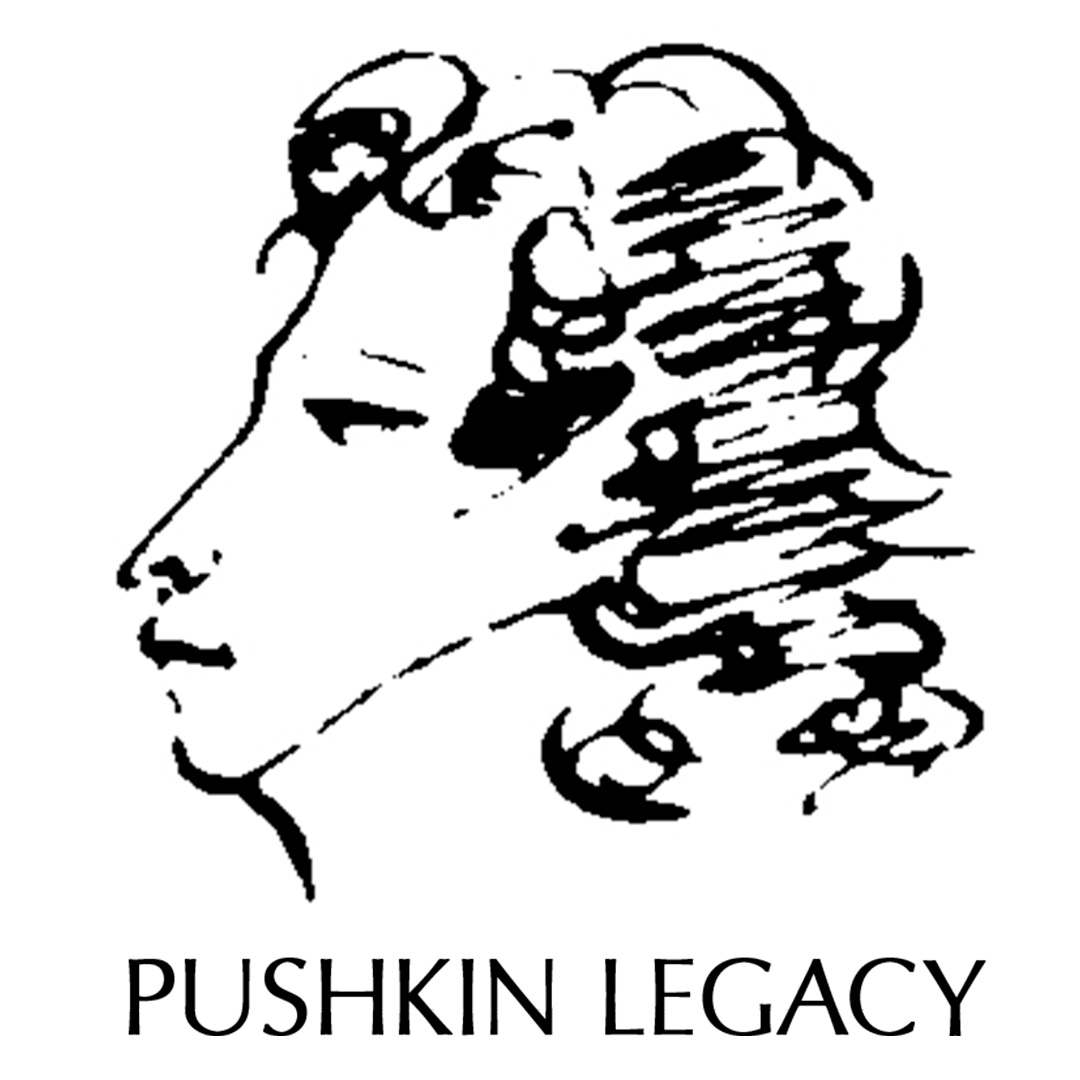Penguin Migration
(Миграция пингвинов)

Boris Alexandrovich Chetkov (1926-2010)
The years 1989 to 1991 were characterized by a series of expressive action paintings by Chetkov, reflecting his jubilation during the collapse of the USSR, a regime which had been oppressive to him throughout his life. Penguin Migration is exemplary of this period. The immediacy of brush strokes, the open rhythm of counterclockwise movement (seen in many of his works) and the contrasting juxtaposed colors evoke a range of emotions and interpretations for the viewer and provide insight to the artists’ subconscious commentary.
Dr. Alexander Borovsky, Chief Curator of Contemporary Art, Russian State Museum
Publications: Boris Chetkov - Across All Barriers, Dr. Alexander Borovsky, Pushkin Group, Ltd. 2005
Page 223, Plate 201
Boris Chetkov (1926-2010)

During the postwar period, at a time when the Russian avant-garde was demonized in the Soviet Union as formalist and bourgeois, Chetkov resurrected many of their techniques. His works share the deliberate ‘unsophistication’ of Primitivist or folk art, the abstraction and spirituality of Kandinsky and the romantic whimsical view of peasant life as pioneered by Chagall.
Across All Barriers

Fortunately, Boris Chetkov did not suffer the almost total oblivion that was the lot of his predecessors, as he has become broadly regarded as one of the most important and distinctly unique innovators of Post War Russian art.
Reimagining Russia

Theodora Clarke discusses the artist's life and work and places Chetkov in the context of Modernism and Russian art in the Post War Era.
The Collected Works of Boris Chetkov
Dedicated to the extraordinary life of Boris Chetkov, illuminating his works in high-definition detail with videos, galleries, essays and more.




